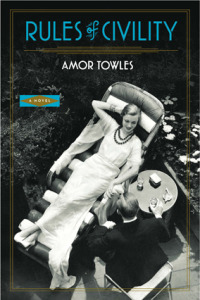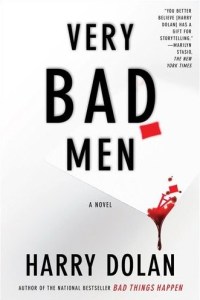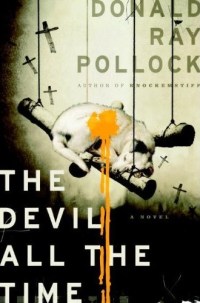Angela Sloan by James Whorton
 Thursday, July 28, 2011 at 2:42PM
Thursday, July 28, 2011 at 2:42PM 
Published by Free Press on August 2, 2011
After a seven-year-old girl's parents were murdered during the 1964 Simba rebellion against the government of the Congo, CIA Agent Ray Sloan plucked her from the orange tree in which she was hiding and kept her sheltered until the rebellion was quashed. Sloan gave her the name Angela (for reasons that are explained about midway through the novel) and raised her as his daughter. The events described in the novel (written in the form of a letter to the CIA, authored by Angela) begin after Sloan's 1972 retirement, when a former CIA agent called Horsefly recruits Ray to join a private firm. Ray works with another operative known as Gristle (although not identified by name, Gristle is obviously G. Gordon Liddy). Shortly after the Watergate break-in is discovered, Gristle thinks it would be best to shoot everyone involved (including Horsefly and Ray) to contain the damage and protect the White House. Ray decides it's time to go to ground and implements a plan that calls for Angela to go her separate way until it is safe for Ray and Angela to reunite.
Ray's tradecraft is good but the man is a wreck. His life is a cover story, and not one assigned by the CIA. He drinks too much, he's paranoid, he has Angela (now fourteen) chauffeur him around after a driving lesson that consists of telling her to avoid reverse gear and left turns. Leaving Angela to fend for herself is clearly poor parenting but as the story progresses, it becomes increasingly difficult not to feel sympathy for Ray. In any event, Angela isn't by herself for long. Driving away from their home in D.C., Angela finds an unexpected passenger in her back seat, an inscrutable Chinese Maoist named Betty. Angela later encounters Ray's old friends and colleagues, the Gantrys, as well as a group of hippies and a female CIA operative who may or may not be on Ray's side.
By having Ray and Angela live their lives as cover stories, Whorton creates a clever means to explore the nature of self-deception. Angela sees people as would a CIA field agent: as assets to be manipulated while taking care not to be manipulated by them. Angela's road trip with Betty becomes a journey of discovery. She learns things about Ray that explain why he drinks himself into a stupor every night, one of many issues they've never discussed. As Angela assembles pieces of the puzzle that has been their life, she learns about herself and comes to realize how little she knows about Ray, how much of their respective pasts they've chosen to ignore. Analyzing her bizarre interaction with Betty, she begins to understand the value of honest friendships.
The novel is constructed as a series of bite-size chapters, contributing to its steady pace. Whorton doesn't bog down the story with unnecessary subplots although he does introduce a couple of unnecessary characters. While the story builds interest as it moves along, my interest waned in the final chapters. That's unfortunate because most of the novel is quite funny; Angela's conversations with Betty are hysterical. Still, some bits -- particularly Angela's interaction with a small group of hippies as the story is winding down -- are bland, the attempted comedy too obvious to generate mirth. The story lags at that point (adding hippies and the inevitable acid trip was a poor choice) and the last few chapters are disappointing. The weak ending doesn't ruin the novel but it certainly doesn't help the story reach its full potential. On balance, I enjoyed the humor in Angela Sloan, but not enough to give the novel an enthusiastic recommendation.
RECOMMENDED WITH RESERVATIONS



